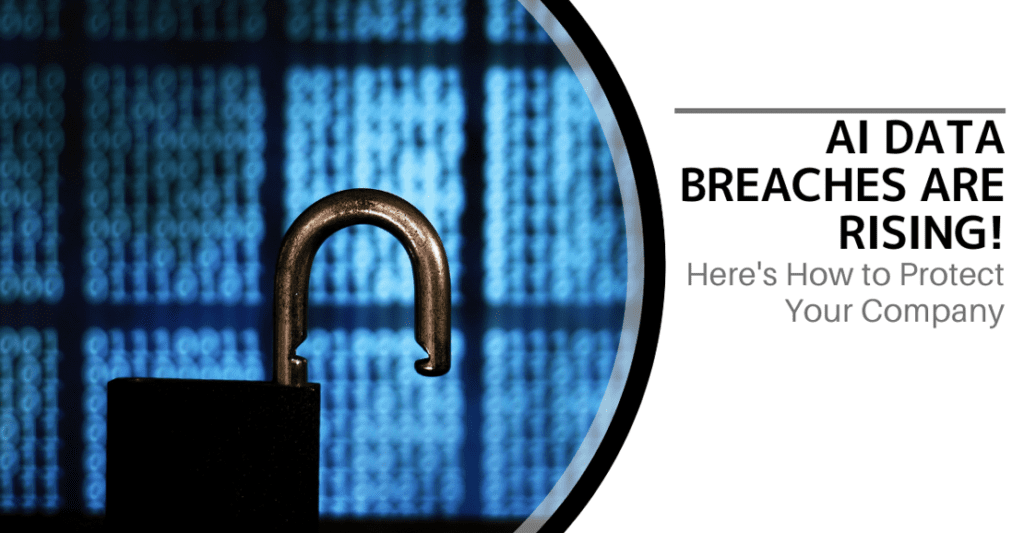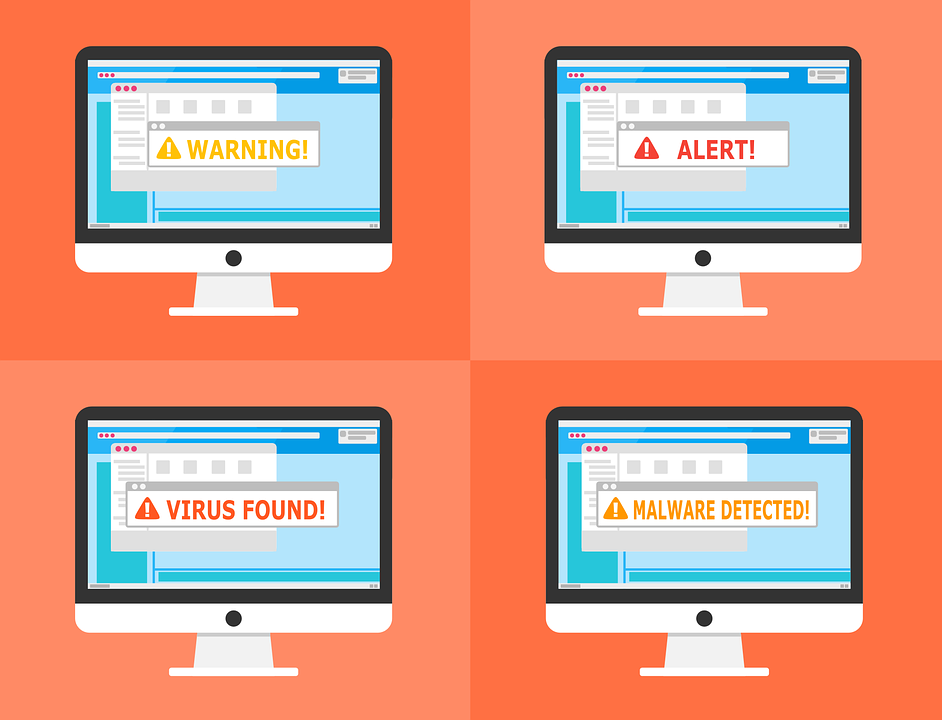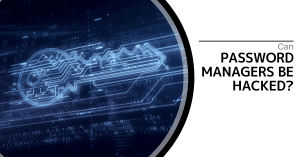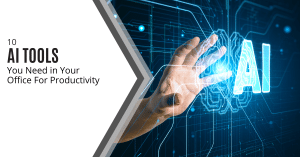AI data breaches are increasing rapidly. Companies must take proactive measures to safeguard their sensitive information.
Data breaches involving AI systems are becoming more frequent and sophisticated, posing significant risks to businesses. Protecting your company’s sensitive data is crucial in this digital age. By implementing robust security measures and staying informed about the latest threats, you can minimize the risk of breaches.
Employee training, regular security audits, and using advanced encryption techniques are essential steps. Prioritizing data protection not only safeguards your company’s reputation but also ensures compliance with regulatory requirements. Stay vigilant and proactive to keep your company’s data secure from potential breaches.
Introduction To AI Data Breaches
AI data breaches are becoming more common. These breaches can harm businesses. Understanding these threats is crucial. Learn how to protect your company.
Growing Threats
AI data breaches are rising rapidly. Hackers find new ways to exploit AI systems. Many businesses rely on AI for operations. This increases their vulnerability.
- AI systems store vast amounts of data.
- Hackers can use AI to find security gaps.
- AI can be tricked into making wrong decisions.
Companies must stay updated on these threats. Regular security checks are essential. Training staff on AI security is also important.
Impact On Businesses
AI data breaches can cause significant damage. Businesses lose valuable data. Customer trust is also affected. The financial impact can be severe.
| Impact | Description |
|---|---|
| Data Loss | Important data can be stolen or corrupted. |
| Reputation Damage | Customers may lose trust in the business. |
| Financial Loss | Recovering from a breach can be costly. |
Businesses need a robust security strategy. This helps minimize the impact of breaches. Investing in AI security tools is also beneficial.

Credit: www.linkedin.com
Common Causes
AI data breaches are becoming more frequent. Understanding the common causes can help protect your company. This section explores the main factors leading to these breaches.
Human Error
Human error is a leading cause of AI data breaches. Employees can make mistakes that expose sensitive data. Common mistakes include:
- Weak passwords
- Sharing login credentials
- Clicking on phishing links
Training staff on cybersecurity best practices can reduce these errors. Regularly update training materials to keep pace with new threats.
System Vulnerabilities
System vulnerabilities also play a significant role in AI data breaches. These vulnerabilities can exist in software, hardware, or network configurations. Key vulnerabilities include:
| Type of Vulnerability | Description |
|---|---|
| Software Bugs | Flaws in the code that can be exploited. |
| Unpatched Systems | Systems not updated with the latest security patches. |
| Weak Encryption | Inadequate encryption methods that can be easily broken. |
Regular system audits and updates can help mitigate these risks. Implement strong encryption methods to protect data.
High-profile Breaches
Artificial Intelligence (AI) data breaches are on the rise. Many high-profile companies have faced these breaches. They are a growing concern for businesses.
Case Studies
Let’s examine some high-profile breaches:
| Company | Year | Impact |
|---|---|---|
| Equifax | 2017 | 147 million records exposed |
| 2019 | 540 million records exposed | |
| Marriott | 2018 | 500 million records exposed |
Lessons Learned
These breaches teach us important lessons:
- Regularly update security protocols.
- Use strong encryption methods.
- Train employees on data safety.
- Conduct frequent security audits.
- Implement multi-factor authentication.
By following these steps, you can protect your company. Keep your data safe from breaches.
Preventative Measures
The rise of AI data breaches is alarming. Protecting your company is crucial. Implementing strong preventative measures can help safeguard sensitive information. Let’s explore key strategies to keep your data secure.
Employee Training
Employee training is essential. Educate your staff on cybersecurity best practices. Regular training sessions can make a big difference. Focus on:
- Recognizing phishing emails
- Creating strong passwords
- Safe internet browsing
- Secure handling of sensitive data
Use engaging methods. Interactive workshops, quizzes, and role-playing can be effective. Make sure to update training regularly. The threat landscape evolves constantly.
Advanced Security Systems
Invest in advanced security systems. They provide an extra layer of protection. Consider the following technologies:
| Technology | Description |
|---|---|
| Firewalls | Block unauthorized access to your network. |
| Encryption | Protect data by making it unreadable to unauthorized users. |
| Intrusion Detection Systems (IDS) | Monitor network traffic for suspicious activity. |
| Multi-factor Authentication (MFA) | Add an extra layer of security to user logins. |
Implement these technologies to enhance your security posture. Regularly update and maintain your systems. Cyber threats are always evolving.
By focusing on employee training and advanced security systems, you can reduce the risk of AI data breaches. Stay vigilant and proactive to protect your company.
Implementing Ai Safeguards
AI data breaches are on the rise, impacting many companies. Protecting your data is crucial. Implementing AI safeguards can help your company stay safe. Let’s explore two key areas: Encryption Techniques and Access Controls.
Encryption Techniques
Encryption secures data by converting it into code. Only authorized users can read this code. Strong encryption is essential for AI systems. Here are some common methods:
- Symmetric Encryption: Uses one key for both encryption and decryption.
- Asymmetric Encryption: Uses a pair of keys, one public and one private.
- Hashing: Converts data into a fixed-size string of characters.
Implementing these techniques keeps your AI data secure. Choose the method that best suits your needs.
Access Controls
Access controls restrict who can view or use your AI data. They are crucial for preventing unauthorized access. Here are some common types:
| Type | Description |
|---|---|
| Role-Based Access Control (RBAC) | Grants access based on user roles. |
| Mandatory Access Control (MAC) | Restricts access based on security policies. |
| Discretionary Access Control (DAC) | Owners decide who can access their data. |
Using these controls, you can protect your AI systems. Choose the right control type for your organization.
Regulatory Compliance
In today’s digital age, AI data breaches are increasing rapidly. This poses significant risks to companies. Ensuring regulatory compliance is crucial to safeguard your business and customer data.
Data Protection Laws
Various data protection laws exist globally. These laws ensure data privacy and security. Understanding these laws is essential for compliance.
- GDPR: General Data Protection Regulation in Europe.
- CCPA: California Consumer Privacy Act in the USA.
- PIPEDA: Personal Information Protection and Electronic Documents Act in Canada.
Non-compliance can lead to severe penalties. It is essential to stay updated with these laws.
Industry Standards
Adhering to industry standards is vital. These standards provide guidelines for data security.
| Standard | Description |
|---|---|
| ISO/IEC 27001 | International standard for information security management. |
| NIST | National Institute of Standards and Technology guidelines. |
| PCI-DSS | Payment Card Industry Data Security Standard. |
Following these standards ensures a robust security posture. Regular audits and updates are necessary to maintain compliance.
Incident Response
Incident response is crucial when dealing with AI data breaches. It involves detecting, managing, and resolving security incidents. A swift and effective response can save your company from severe damage.
Detection Methods
Early detection of breaches is vital. Utilize these methods to spot intrusions:
- Intrusion Detection Systems (IDS): These systems monitor network traffic for suspicious activity.
- Security Information and Event Management (SIEM): SIEM tools aggregate and analyze log data in real-time.
- Machine Learning Algorithms: These algorithms identify patterns that indicate a breach.
Continuous monitoring helps in identifying threats promptly. It minimizes potential damage.
Crisis Management
Once a breach is detected, effective crisis management is essential. Follow these steps to manage the situation:
- Contain the Breach: Isolate affected systems to prevent further damage.
- Assess the Impact: Determine the extent of the breach and affected data.
- Notify Stakeholders: Inform relevant parties and authorities about the breach.
- Remediate the Issue: Apply fixes to vulnerabilities and strengthen security.
- Review and Improve: Analyze the incident and update response plans accordingly.
Effective crisis management limits damage and restores normal operations quickly.

Credit: www.virtualdataworks.com
Future Trends
The rise of AI data breaches is alarming. Companies must stay ahead of these threats. Understanding future trends can help prepare and protect your business.
Evolving Threats
AI systems are becoming more complex and powerful. This increases the risk of cyber-attacks. Hackers use advanced techniques to exploit vulnerabilities in AI systems.
- AI algorithms can be manipulated.
- Data poisoning attacks are on the rise.
- AI models can be reverse-engineered.
To combat these threats, companies need to stay updated. Regularly audit your AI systems for weaknesses.
Innovative Solutions
New solutions are emerging to counter AI data breaches. These innovations focus on strengthening AI security.
| Solution | Description |
|---|---|
| AI Firewalls | Specialized firewalls designed to protect AI models. |
| Data Encryption | Encrypting data to prevent unauthorized access. |
| Behavioral Analysis | Monitoring AI behavior to detect anomalies. |
Implementing these solutions can significantly reduce the risk. Always stay informed about the latest security technologies.

Credit: innovec.co.uk
Frequently Asked Questions
How Can You Protect Yourself From Company Data Breaches?
Use strong, unique passwords. Enable two-factor authentication. Regularly update software and systems. Avoid clicking on suspicious links. Monitor your accounts for unusual activity.
How Do I Protect My Data From AI?
Encrypt your data and use strong passwords. Regularly update software and hardware. Limit data sharing and access. Use VPNs and firewalls. Educate yourself on AI threats.
What Is Being Done To Prevent Data Breaches?
Organizations use encryption, firewalls, and strong passwords to prevent data breaches. Regular software updates and employee training enhance security.
How Do Companies Fix Data Breaches?
Companies fix data breaches by identifying the breach source, containing it, and removing malware. They then patch vulnerabilities, update security protocols, and notify affected parties. Regular audits and employee training help prevent future breaches.
Conclusion
Safeguarding your company against AI data breaches is crucial. Implement robust security measures and stay updated on threats. Regularly train your staff and audit your systems. A proactive approach ensures your data remains protected. Stay vigilant and prioritize cybersecurity to maintain trust and business integrity.








